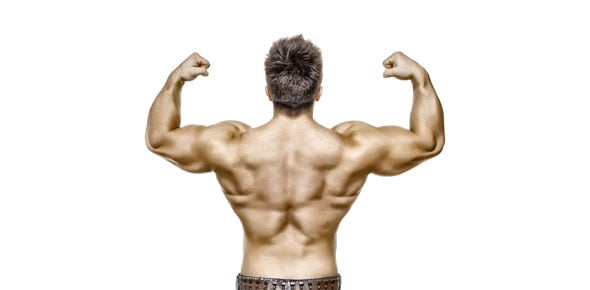Head And Neck Muscles Quiz

Questions and Answers
- 1.
What is the origin for the "masseter" muscle?
Explanation
The origin of the "masseter" muscle is the zygomatic arch. The zygomatic arch is a bony structure that extends from the temporal bone to the cheekbone. It provides attachment for various muscles, including the masseter muscle, which is one of the primary muscles involved in chewing. The masseter muscle originates from the zygomatic arch and inserts into the mandible, allowing it to elevate and close the jaw during the chewing process.Rate this question:
- 2.
What is the insertion for muscle "temporalis"?
Explanation
The insertion for the muscle "temporalis" is the mandible. This means that the muscle attaches to the mandible bone. The temporalis muscle is one of the muscles responsible for closing the jaw and is located on the side of the head.Rate this question:
- 3.
What is the action of the "sternohyoid" muscle?
Explanation
The sternohyoid muscle is responsible for depressing the hyoid bone. This means that it pulls the hyoid bone downwards, helping to lower it. The hyoid bone is a U-shaped bone located in the neck, and it plays a role in supporting the tongue and aiding in swallowing and speech. The sternohyoid muscle works in conjunction with other muscles in the neck to coordinate these movements and maintain proper function.Rate this question:
- 4.
Insertion of "sternothyroid" muscle?
Explanation
The insertion of the "sternothyroid" muscle is the thyroid cartilage.Rate this question:
- 5.
Name the muscle that has the following: Origin: Styloid process Insertion: hyoid Action: Elevates Hyoid
Explanation
The muscle that has the origin at the styloid process, insertion at the hyoid, and action of elevating the hyoid is the stylohyoid muscle.Rate this question:
- 6.
What is the Origin for the "mylohyoid" muscle?
Explanation
The mylohyoid muscle originates from the mandible.Rate this question:
- 7.
What is the origin of the "digastric" muscle?
Explanation
The digastric muscle has dual origins, which are the mandible and the mastoid process. The anterior belly of the digastric muscle originates from the digastric fossa on the inner surface of the mandible, near the symphysis. The posterior belly of the digastric muscle originates from the mastoid notch, which is located on the mastoid process of the temporal bone. Therefore, the correct answer is mandible and mastoid process.Rate this question:
- 8.
What is the origin of the "geniohyoid" muscle?
Explanation
The "geniohyoid" muscle originates from the mandible.Rate this question:
- 9.
What is the origin of the "platysma" muscle?
Explanation
The platysma muscle is originated from both the fascia of the chest and the fascia of the neck. It is a thin, flat muscle that covers the front of the neck and extends from the chest upwards towards the chin and lower jaw. The muscle plays a role in facial expressions, such as lowering the corners of the mouth and pulling down the lower lip.Rate this question:
- 10.
What is the insertion for the "buccinator" muscle?
Explanation
The correct answer is "orbicularis oris." The insertion of the "buccinator" muscle is the orbicularis oris. This muscle is located in the cheek and is responsible for compressing the cheeks inward. The orbicularis oris is a circular muscle that surrounds the mouth and is involved in various facial expressions, such as puckering the lips.Rate this question:
- 11.
What is the action of the "sternocleidomastoid" muscle?
Explanation
The sternocleidomastoid muscle is responsible for both flexing the neck and rotating the head. It is a large muscle located at the front of the neck that connects the sternum and clavicle to the mastoid process of the skull. When contracted, it allows for movements such as bringing the chin towards the chest (neck flexion) and turning the head to the opposite side (head rotation).Rate this question:
Quiz Review Timeline +
Our quizzes are rigorously reviewed, monitored and continuously updated by our expert board to maintain accuracy, relevance, and timeliness.
-
Current Version
-
Mar 17, 2023Quiz Edited by
ProProfs Editorial Team -
Apr 06, 2011Quiz Created by
Calibroker
- Aura Quizzes
- Axial Skeleton Quizzes
- Body Mechanics Quizzes
- Body Parts Quizzes
- Body System Quizzes
- Chest Quizzes
- Ear Quizzes
- Endocrine Quizzes
- Eye Quizzes
- Feet Quizzes
- Gland Quizzes
- Limb Quizzes
- Musculoskeletal Quizzes
- Pain Quizzes
- Pharmacodynamics Quizzes
- Piercing Quizzes
- Spanish Body Parts Quizzes
- Thorax Quizzes
- Urine Quizzes
 Back to top
Back to top


